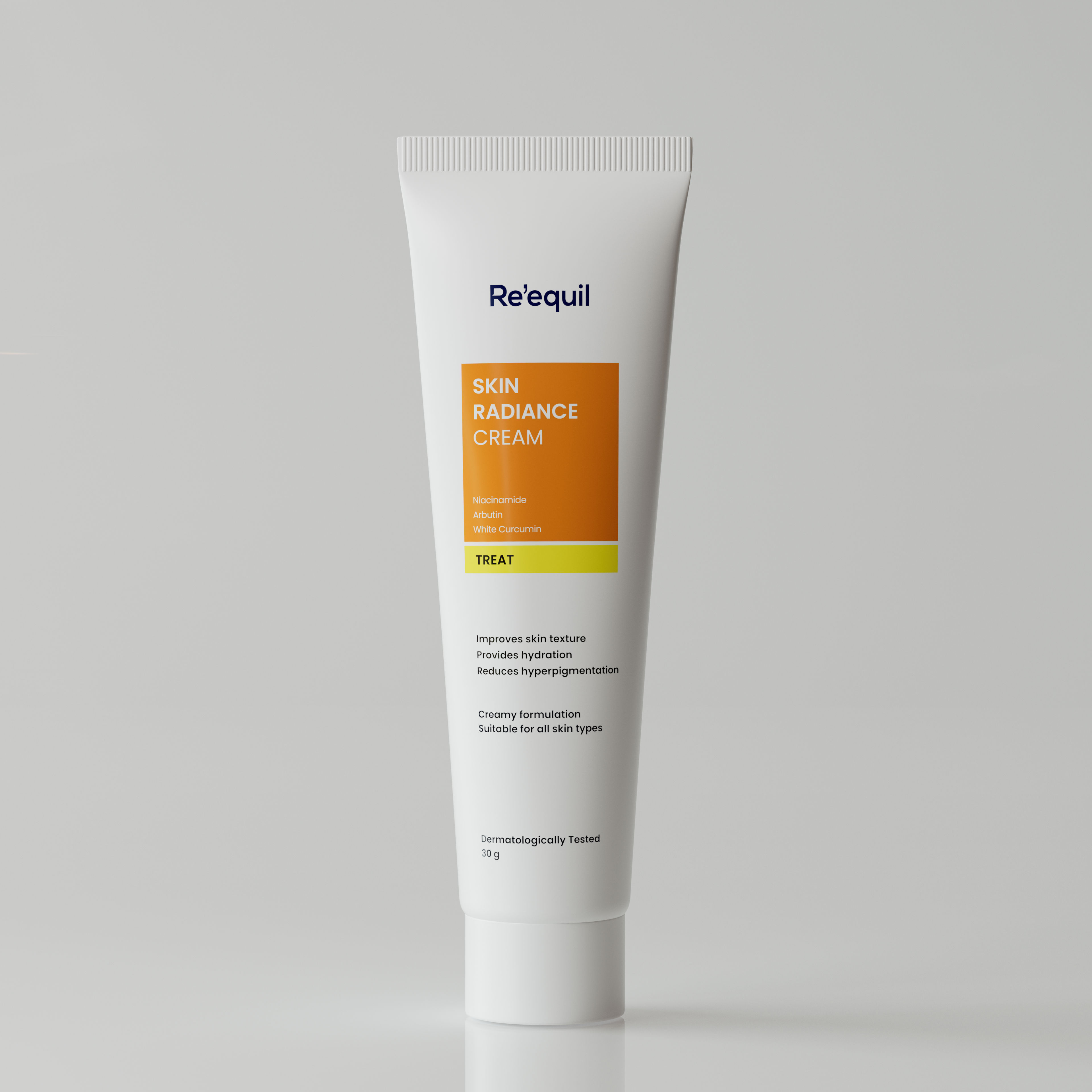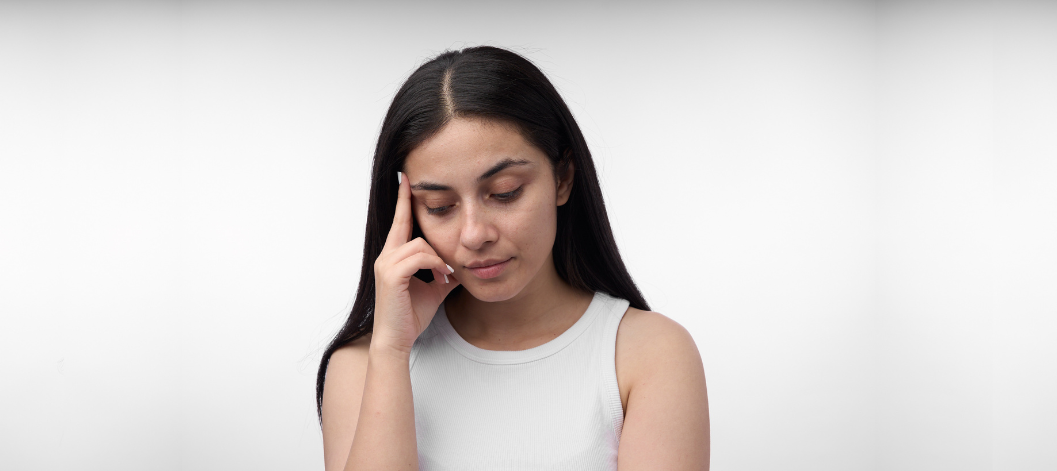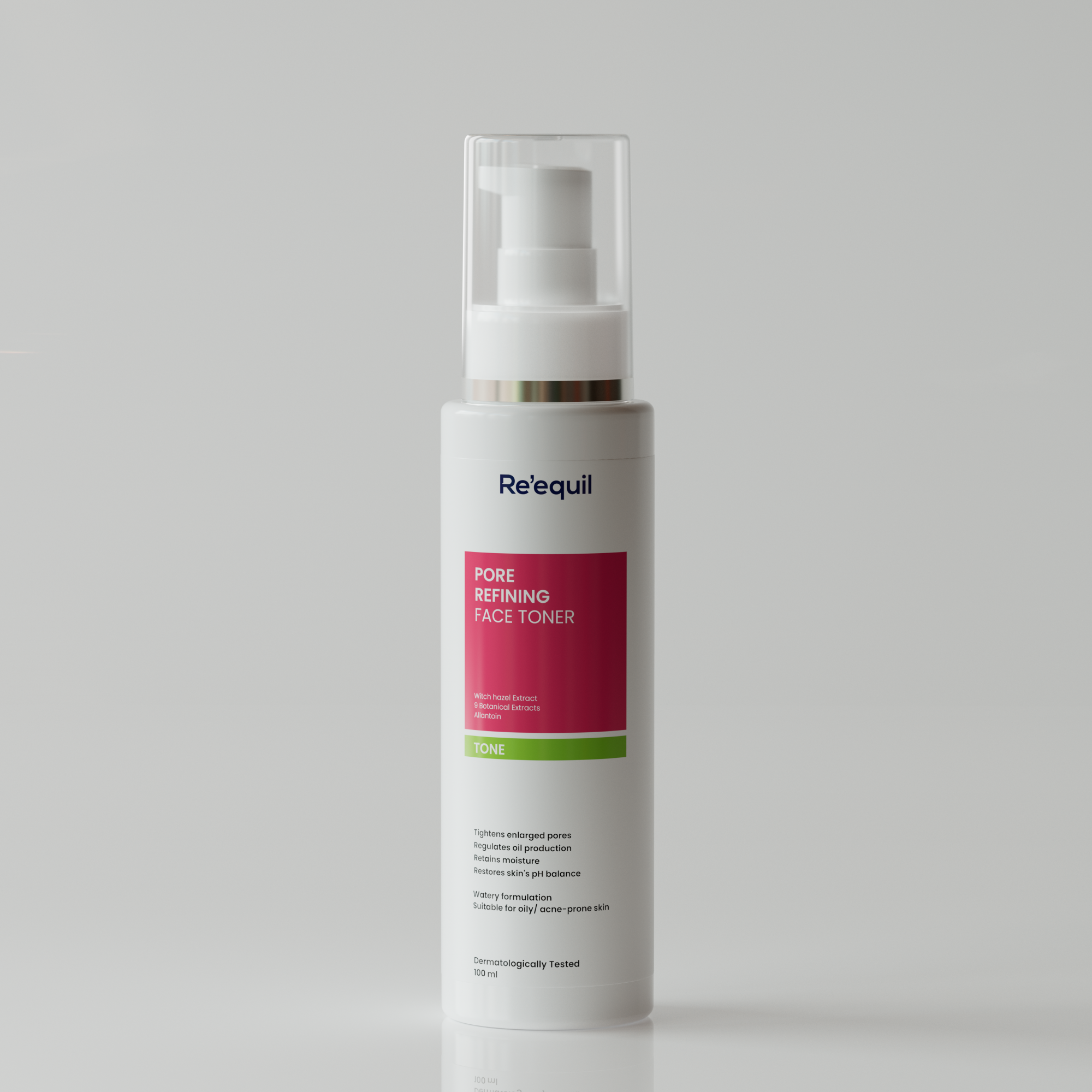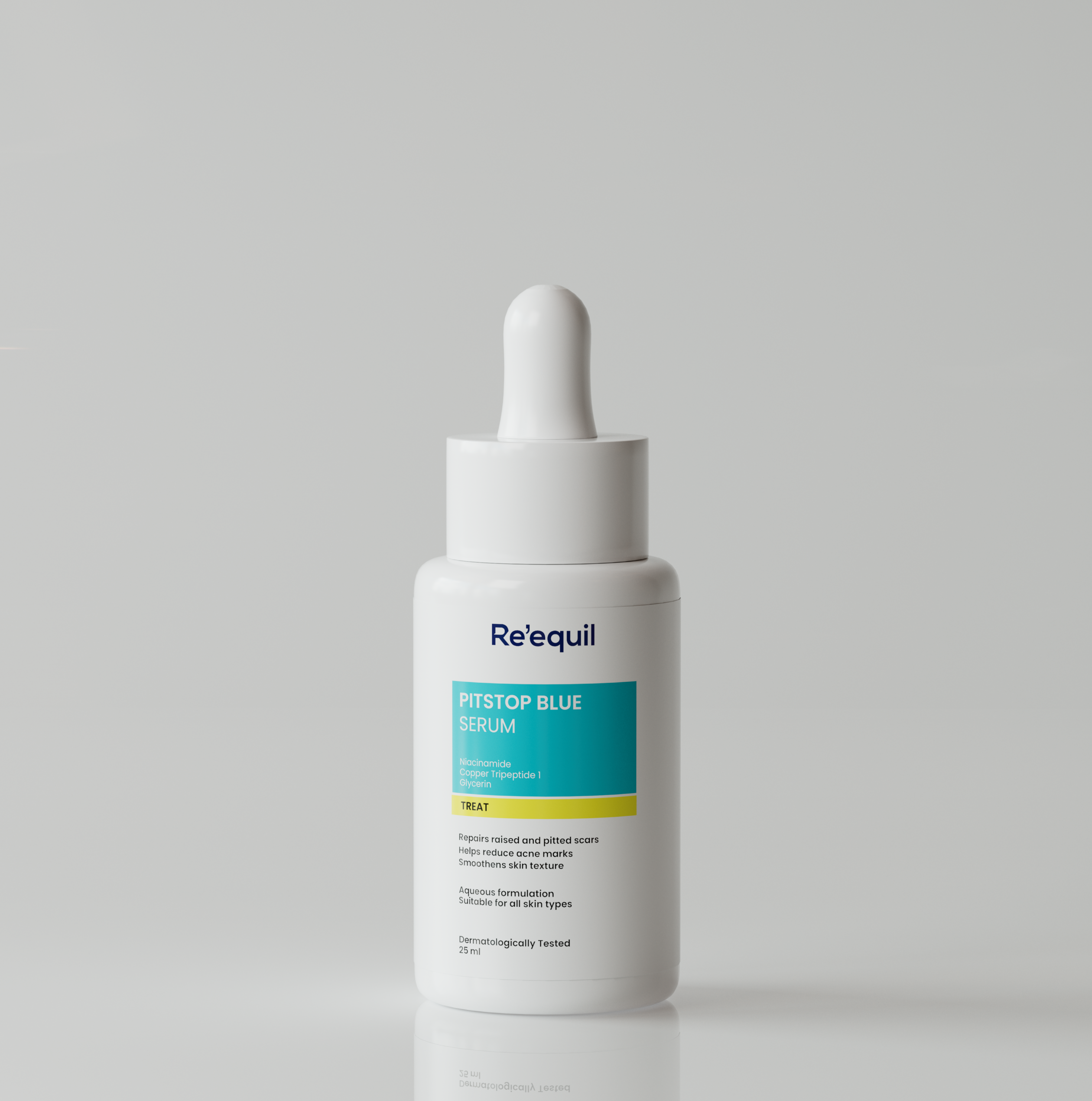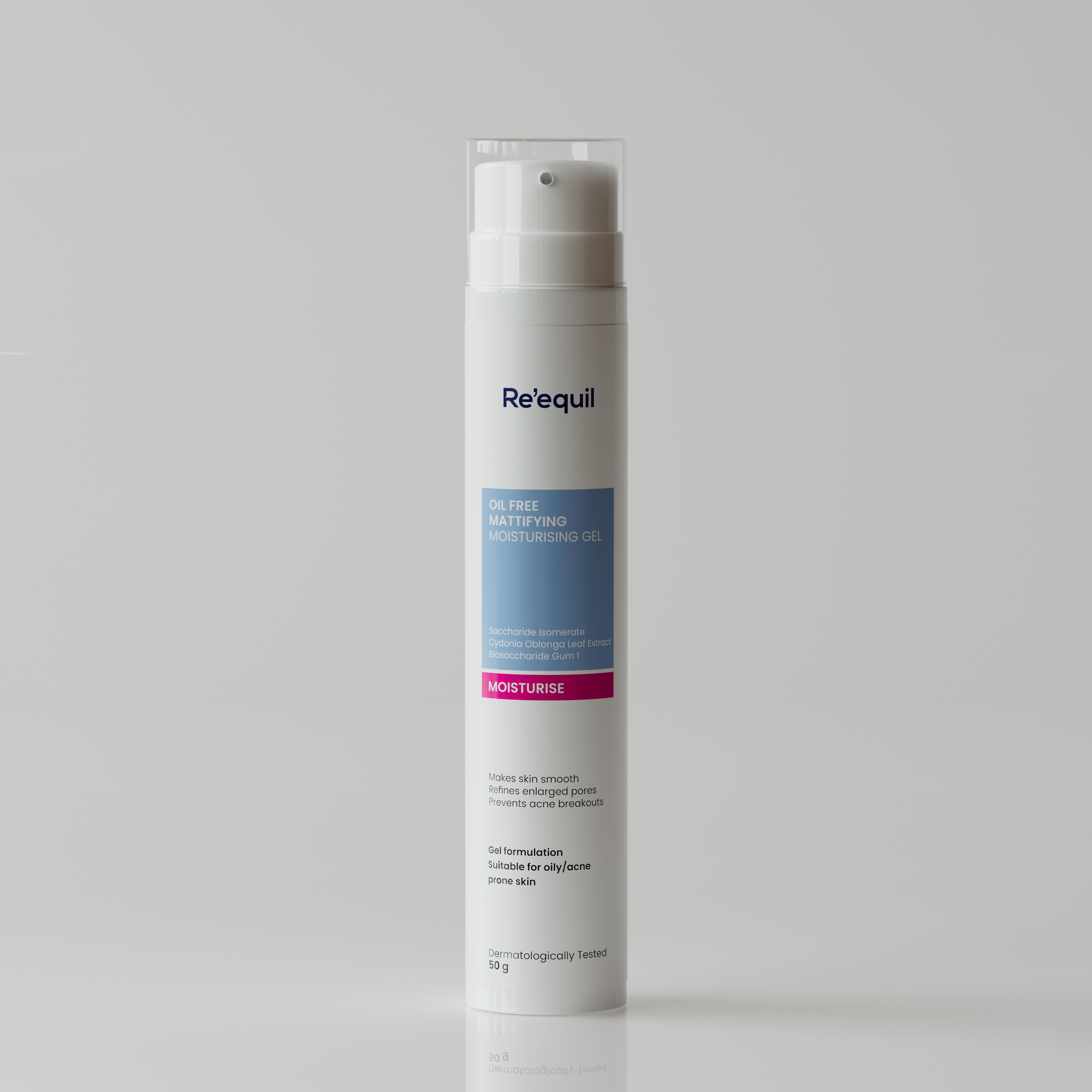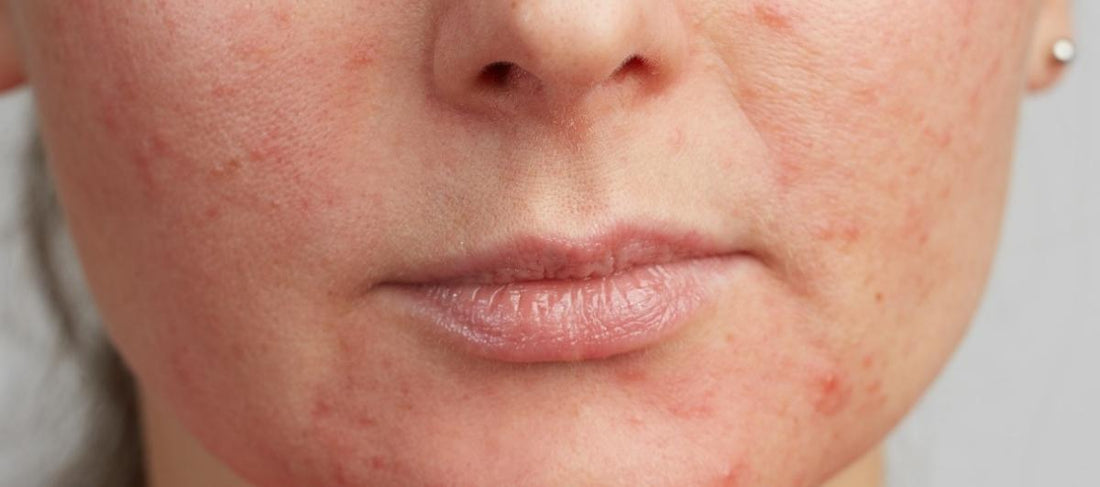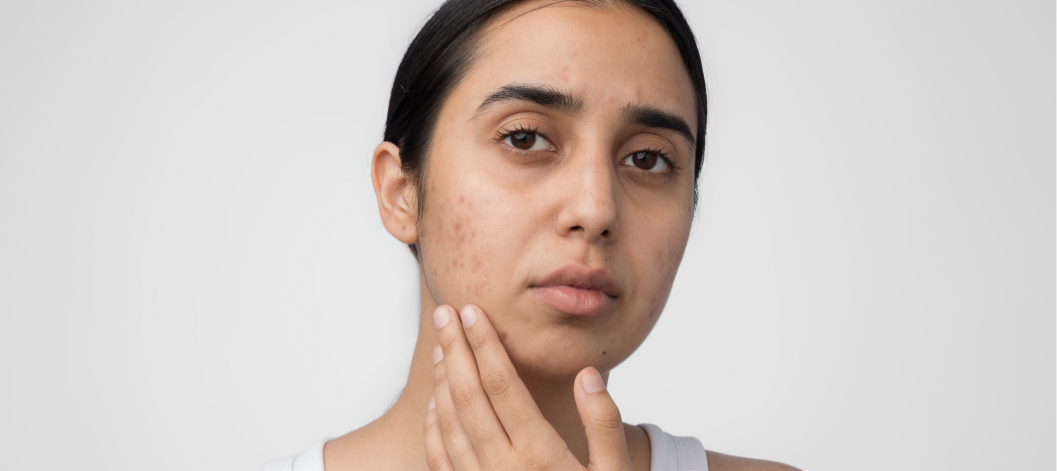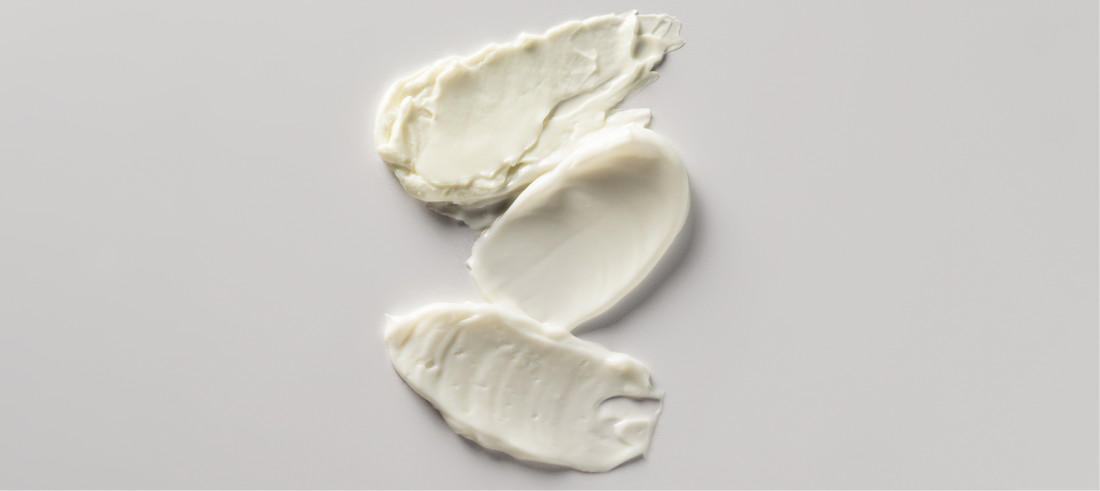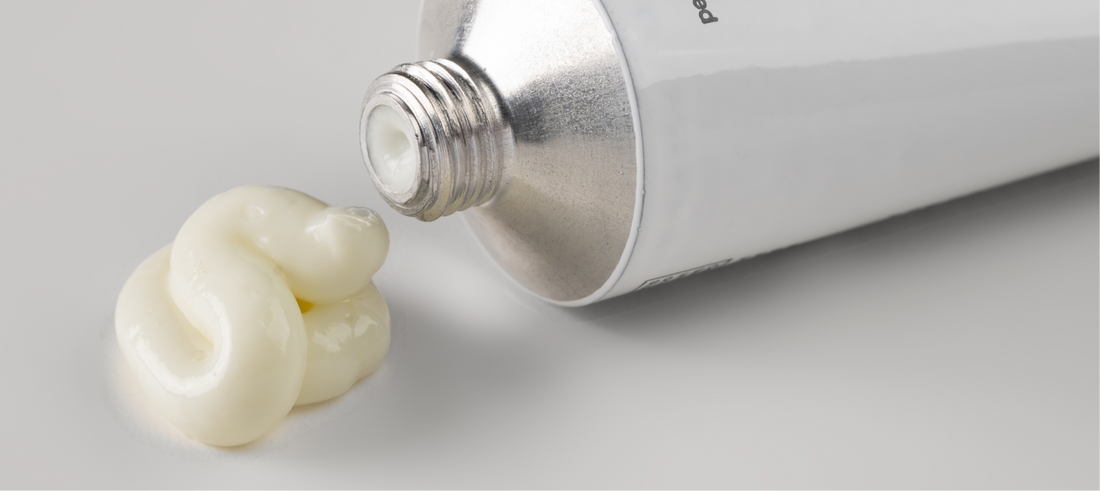Why does Retinol cause skin peeling?
With age, the dead skin cells accumulate on the topmost layer of your skin, giving it a leathery, wrinkly look.
Retinol sheds dead skin cells by speeding up the skin cell turnover cycle, helping you get a Dewey, luminous look.
However, there can be a gap between where the dead skin cells are shed and the new ones come to the surface of your skin.
During that gap, your skin can become dry, flaky or even start to peel.
This is also known as the Retinisation phase, wherein your skin is getting accustomed to Retinol.
Other than that, here are a few reasons why Retinol might cause skin peeling -
The concentration of Retinol might be too high
Let me explain this with an analogy.
Let’s say you have just started running—and the first session you try is a marathon.
Sounds awful, right?
Slow and steady wins the race.
The same goes for the Retinol. To take in all the benefits of Retinol, you need to start with a lower concentration, such as 0.1% or 0.3% and then eventually move up to higher ones.
Often, individuals who experience severe side effects from retinol have started with a higher concentration from the beginning.
READ - What is the right percentage of Retinol for your skin?
Frequency
Even if you are using the right percentage of Retinol for your skin, using it too frequently can be the cause of peeling.
The best way to begin with Retinol is to use it 2 - 3 times a week, during your nighttime routine.
And once you feel your skin is no stranger to Retinol, you can increase the frequency.
I’d say, give it 4 - 6 weeks before you start using Retinol every day.
Skincare routine lacks hydrating ingredients
By incorporating more hydrating ingredients into your routine, you can prevent the unpleasant side effects of retinol, such as flakiness, peeling, and itchiness.
Here are three hydrating ingredients that pair really well with Retinol -
- Ceramide
- Hyaluronic Acid
- Niacinamide
We will explore this topic in detail later in the blog.
How long does skin peeling from Retinol last?
Skin peeling from Retinol is not entrenched—it’s not like it will happen to everyone.
In most cases, individuals with dry skin are more likely to deal with skin peeling after using Retinol—as compared to oily skin.
Retinol causes the flaking of dead skin cells, leading to dryness and peeling, particularly in the areas of your face that are already prone to dryness.
However, these side effects are not perennial—in fact—they will only last a few days (3 to 8 days). Plus, it’s only a one-time deal.
What’s important here is to give your skin time to adjust.
What are the best ways to treat skin peeling from Retinol?
Following solutions can reduce the severity of skin peeling -
Apply a moisturiser containing Hyaluronic Acid
Hyaluronic Acid is one of the most powerful humectants—it retains and increases skin hydration.
A 2021 study says Hyaluronic Acid increases skin hydration immediately after the application—making skin smooth and plump.
Moreover, a 2012 study says Hyaluronic Acid is a key molecule in the ageing process.
The study indicates that a low molecular weight form of Hyaluronic Acid can effectively diminish the appearance of fine lines and wrinkles.
Therefore, combining Hyaluronic Acid with Retinol can prevent dryness and peeling while also treating skin ageing more effectively.
READ - Retinol VS Hyaluronic Acid
Use Retinol and Niacinamide together
A 2020 study indicates that the effectiveness of Retinol is enhanced when combined with Niacinamide.
According to a 2008 study, Niacinamide provides an extra barrier for your skin, helping to counteract potential irritation caused by retinol.
READ - Everything you need to know about using Retinol and Niacinamide together
Do not skip your sunscreen
Retinol can make your skin sensitive to the sun—increasing the skin's susceptibility to UV damage.
So instead of solving your skin problems, Retinol might end up exacerbating them.
Therefore, it is highly recommended to use sunscreen when you are using Retinol (remember, sunscreen is the main character of your skincare routine).
Here is what you need in a sunscreen -
- SPF 50 or above
- Contains both mineral and chemical sunscreen filters
- PA ++++
Also, if you are staying in the sun for too long, make sure to reapply sunscreen every 3-4 hours.
Avoid irritation
If you're experiencing an adverse reaction from Retinol, here are some things you should stop doing right away:
- Taking hot or cold showers
- Touching your skin frequently
- Avoid exfoliating
- Reduce the frequency of application
Don’t use harsh skincare products
During the retinization phase, make sure to avoid the following -
- Salicylic Acid
- Glycolic Acid
- Benzoyl Peroxide
- Harsh exfoliants and scrubs
These skincare ingredients can interact negatively with Retinol, leading to irritation, sensitivity, and peeling—particularly if you're new to Retinol.
How to safely use Retinol to avoid skin peeling?
While you can't completely avoid the "Retinol uglies," there are ways to minimise them.
And guess what?
It all comes down to how you use Retinol.
Here is the best way to use Retinol, according to Dermatologists -
Wash your face with a mild cleanser and wait for at least 30 minutes
Avoid applying Retinol immediately after washing your face.
Cleansing strips away your skin's natural protective oils, leaving it more prone to irritation from Retinol.
Start with a pea-sized amount
This small quantity is sufficient to cover your entire face and ensure that you're not overusing the product.
Try sandwich method
- Apply a layer of hydrating moisturiser.
- Follow with a pea-sized amount of Retinol across your entire face.
- Finish with another layer of moisturiser.
This method is highly recommended to minimise some of the potential adverse effects of Retinol.
Additional tips -
- Start with a low concentration of Retinol, such as 0.1% or 0.3%.
- Apply Retinol once or twice per week—during the night.
- Use sunscreen during the day to avoid any sun damage.
- Avoid applying Retinol near your eyes, nose and lips.





